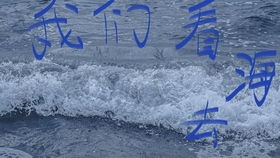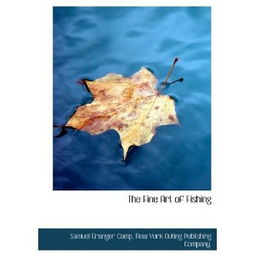
Content:
Winter fishing in the Great River can be a challenging yet rewarding experience. As the temperature drops, fish become more selective and require a different approach to entice them. Here are some essential techniques and tips to help you master winter fishing in the Great River.
Understanding Winter Fish Behavior
Before diving into the specific techniques, it's crucial to understand how fish behave during the winter months. Cold water slows down their metabolism, making them less active and more conservative in their feeding habits. They tend to congregate in deeper, warmer waters, and their primary focus is survival rather than feeding. Here are some key points to consider:
Water Temperature: Fish are most active in water temperatures ranging from 40°F to 55°F (4°C to 13°C). These temperatures are optimal for maintaining their metabolism and energy levels.
Sheltered Areas: Fish seek out sheltered areas to avoid the cold, such as deep holes, submerged logs, or rock formations. These spots provide protection from the wind and cold water currents.
Structure: Look for areas with structural changes in the riverbed, such as drop-offs, ledges, or weed beds, as these can attract fish looking for food and cover.
Equipment and Tackle
The right equipment is essential for successful winter fishing. Here's what you'll need:
Rod and Reel: A medium-heavy action rod with a fast reel is ideal for winter fishing. The rod should be long enough to handle the longer casts required in cold weather conditions.
Line: Use a monofilament line with a low-stretch factor to maintain sensitivity and feel the subtle bites. A line thickness of 6 to 12 pounds is generally sufficient.
Lures and Baits: Live bait, such as minnows or nightcrawlers, can be highly effective in winter. However, artificial lures like jigs, spinners, and soft plastics can also be productive. The key is to choose lures that mimic the natural movements of prey fish.
Winter Clothing: Dress in layers to keep warm. Insulating materials like wool or synthetic fibers are ideal, and a waterproof outer layer is essential to protect against wind and moisture.
Fishing Techniques
Once you have the right equipment and understand the fish's behavior, here are some fishing techniques to try:
Early Morning or Late Evening: Fish are more active during these times due to the lower light levels. Aim to fish during these periods to increase your chances of success.
Slow and Steady: In winter, fish are less likely to chase down a fast-moving lure. Present your bait or lure slowly and allow it to settle on the bottom before retrieving it.
Jigging: Jigging can be highly effective in winter. Drop a jig to the bottom, let it sit for a few seconds, and then pull it back with short, sharp twitches. This mimicry of a struggling prey can trigger a bite.
Live Bait: If you're using live bait, like minnows or nightcrawlers, keep them alive in a well-ventilated container. This increases their chances of survival and attractiveness to fish.
Adjusting Depth: Since fish tend to move deeper in winter, adjust your bait's depth accordingly. Use a weight or a slip bobber to control the depth of your presentation.
Patient Patience: Winter fishing requires patience. Fish may be slow to bite, so be prepared to wait for longer periods between catches.
Safety Precautions
Fishing in the winter can be dangerous due to cold water temperatures and inclement weather. Always take the following safety precautions:
Layered Clothing: Dress in layers to maintain body heat and stay dry. Always have a warm, dry change of clothes available.
Ice Safety: If you're fishing on a frozen river, ensure the ice is thick enough to support your weight. Never fish alone, and always carry an ice pick or safety line.
First Aid Kit: Carry a first aid kit and know how to perform basic first aid, as hypothermia and frostbite can occur quickly in cold water.
Communication: Let someone know your planned fishing route and expected return time. Carry a cell phone and a whistle for emergencies.
By understanding the unique challenges and behaviors of fish during winter, equipping yourself with the right gear, and employing the appropriate techniques, you can increase your chances of success when fishing the Great River in the winter months. Remember to prioritize safety and enjoy the serene beauty of the river during this tranquil time of year.












